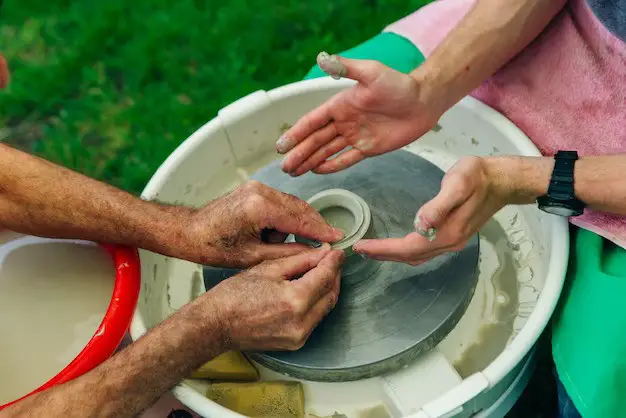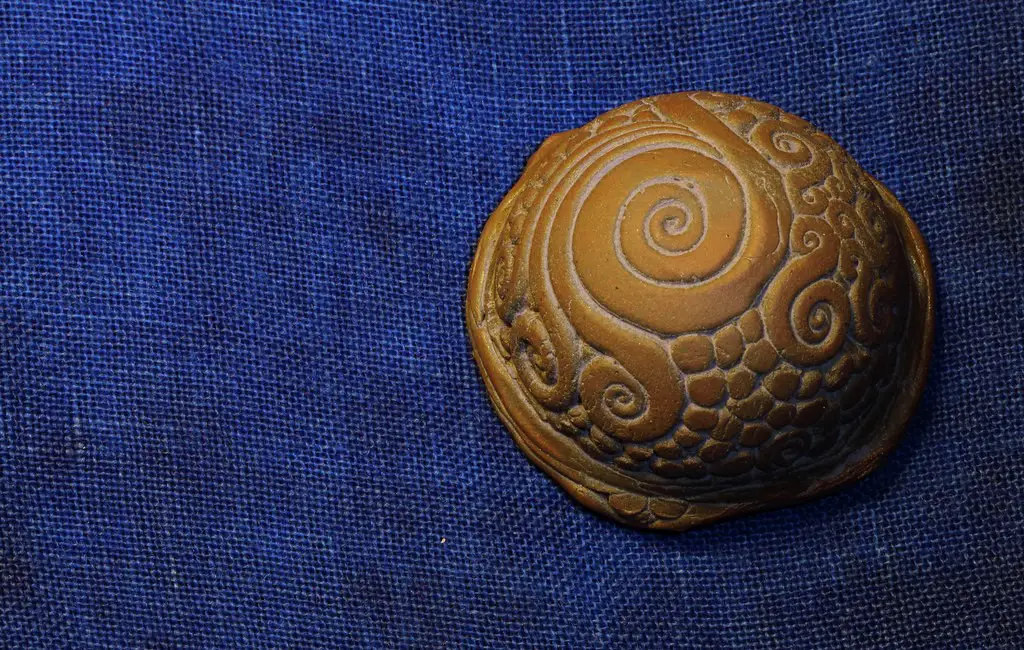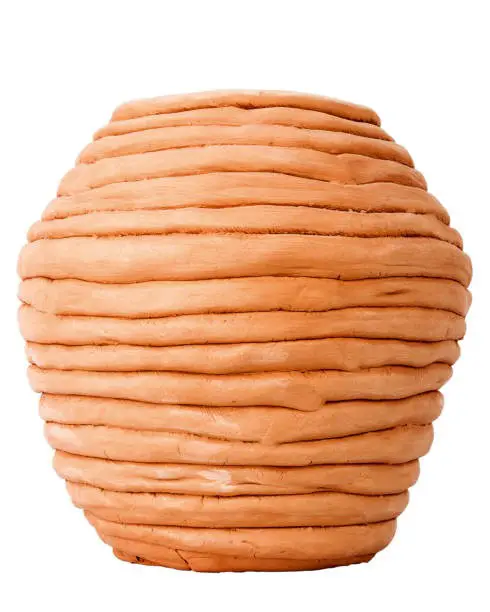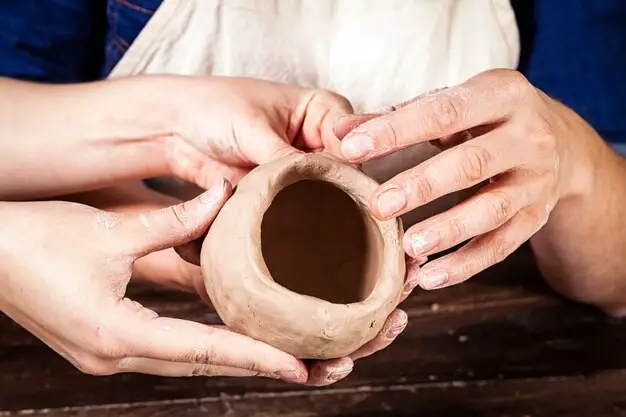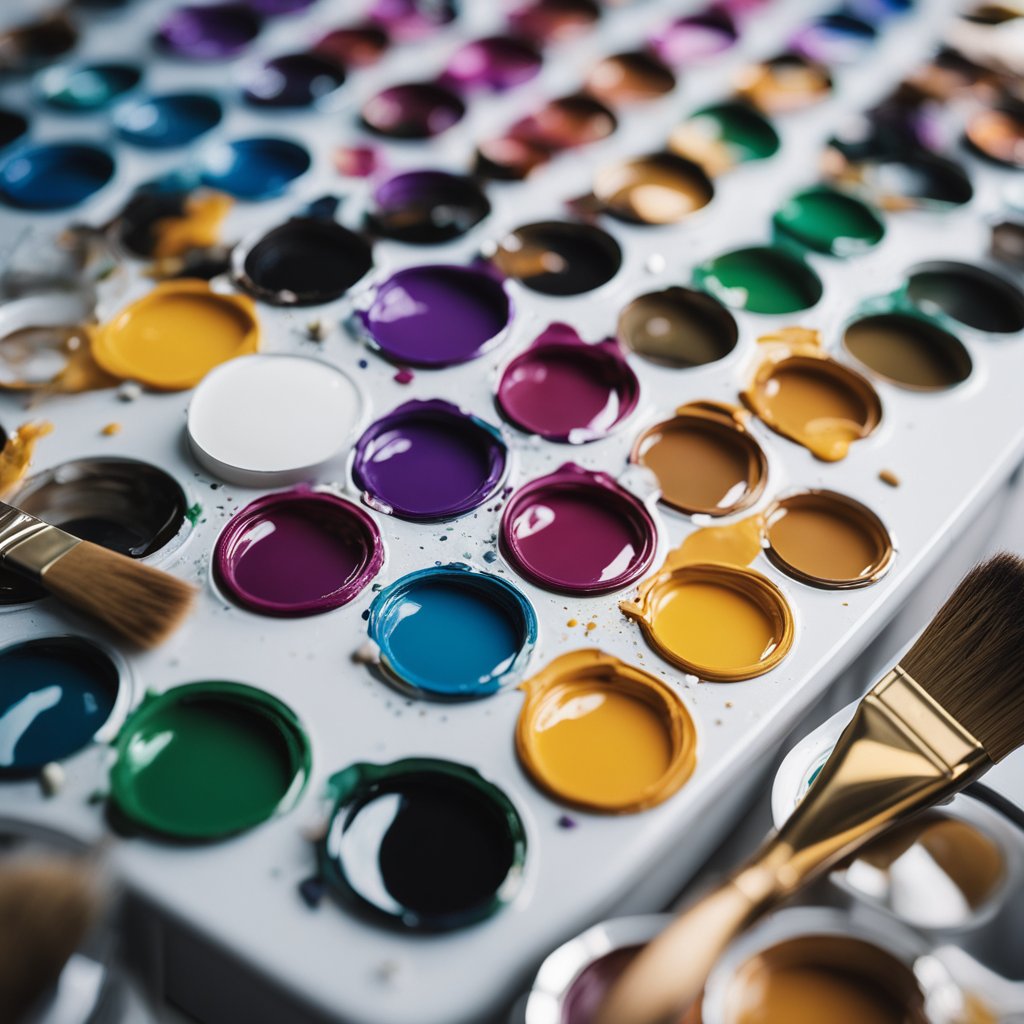One way or another, I am sure you have seen pots or vases used for holding flowers. As a potter that you are, you would have wondered how such a masterpiece is made. You might have questioned yourself about the ceramics allow the growth of the plants, you might have even pondered on the need for ceramic pottery for plants. Don’t worry, it is natural to ask yourself such questions. Luckily for you, I will be revealing the answers to your questions about ceramic pottery for plants in this article today. Grab a seat to read and digest this post.

WHAT IS “CERAMIC POTTERY FOR PLANTS”?
Ceramic pottery for plants is ceramic containers or stoneware (usually in the form of a pot or vase). They are often made from fine and light-colored clay (usually mid-stoneware clay). They are always glazed both in and out. The container is fired at high kiln temperatures which allows the pot to retain water. However, if left out in the cold, the pot might crack. They are quite heavier than other types of ceramic pots; if you have noticed, a flower vase is heavier than any other vase. This is due to the extra coat of glaze being layered over the pottery. These pots are a little bit expensive when compared with other ceramic pots but the good thing is that they are available in different colors glazes and designs.
USES OF PLANTS CERAMIC POTTERY
| TYPES OF CERAMICS FOR PLANTS | USES |
| VASES | To preserve flowers |
| Pots | To grow & preserve flowers, herbs, and other plants |
Apart from the obvious use of plant ceramics, there are still a few uses of these pots and vases.
1. Grow some flowers:
This is the major reason why flower pots are used in homes, hospitals, schools and other places. A beautiful vase filled with fresh flowers will never go out of style and will always brighten up a room and your mood. Pick flowers according to the season and your preference, place them in your ceramic vase (usually filled with a little bit sand) and don’t forget to water them.
2. Herbs cultivation:
Vases and Flower pots can be used to grow your herbs. Apart from the aesthetic, it adds to the kitchen, it also makes you a bit of a farmer. With no better place in the house than in the kitchen, your little herb garden can live in some cute vases while also making your food a bit tastier.
3. Use a Flowerpot as an Aquarium Fish Cave
Research has shown that a lot of love to lurk in shadowy corners of their home aquariums, keeping themselves safe from imagined predators. Place a mini flower pot on its side on the aquarium floor to create a hideaway cave.

4. Preserve Soil
One thing flower pots and vases are known for is its ability to keep the soil. Soil from your plants won’t slip-slide away if you place broken clay flowerpot shards in the bottom of the pot before re-planting. When watering your plants, you’ll find that the water drains out, but not the soil.
5. Unwind Wool Without Knotting
If you place your ball of wool under an upturned flowerpot and thread the end through the drain hole, you will find out that you won’t have to unfurl your wool every time. Place the flowerpot next to where you are sitting for more pleasurable rippling.
6. Container for Wood
Get creative and aesthetic by organizing your firewood in your clay pot. Spare yourself the time and cost by putting an extra-large empty ceramic or clay flowerpot beside the hearth in your home. It’s a perfect — and cheap — place to keep kindling and small logs ready for when the weather outside gets frightful.
HOW TO MAKE CERAMIC VASE FOR FLOWERS
 The good thing about vases is that they are easy to make and it consumes less time; some potters prefer making vases to bowls and mugs due to the simple process involved. Below are the few steps to making your vase.
The good thing about vases is that they are easy to make and it consumes less time; some potters prefer making vases to bowls and mugs due to the simple process involved. Below are the few steps to making your vase.
Step 1: Choose a flat, smooth surface that can be cleaned easily.
This will be the center of command or “army base” where everything will be made.
Step 2: Knead a large handful of clay for a few moments until it is soft and pliable.
As a beginner, you might not be used to a kiln, so I will advise you to use standard clay for now since you will be using a home oven.
Step 3: Form the clay into a ball, and flatten slightly.
Step 4: Use the rolling pin to roll the clay.
You should be careful when rolling the clay out. Don’t let it get too thin else your vase will collapse when pulled up. I will recommend you roll the clay to about 1/4 inch thick.
Step 5: Cut a large rectangle or cylinder out of the clay.
I prefer making a rectangle because it is much easier when pulling up. Some potters prefer making a cylindrical surface at first. It depends on whatever suites you.
Step 6: Mold the rectangle into a cylinder, pinching and smoothing the edges together.
Be careful when molding at this stage because it is hard to reverse any mistake being made.
Step 7: Gently one hand inside the cylinder, and with the other hand, hold the plastic scraper gently on the outside of the cylinder. Use your hands and the scraper to work the clay into your desired shape.
Step 8: Knead the leftover bits of clay into a ball, and flatten it slightly. Roll the flattened ball to about 1/2 inch thick. This will be used as the base of the vase (that rhymed. Lol)
Step 9: Gently set the vase onto the rolled out piece of clay, and cut around the bottom of the vase.
Step 10: Dip your finger in some water, and run it along the bottom edge of the vase. Join the clay piece that you have just cut to the bottom of the vase by gently pinching and smoothing the clay together at the joint. This will form the base of your vase. This step may take some time.
Step 11: Place the vase into a kiln or home oven to harden. When finished, you can glaze, paint or decorate your vase as desired.

As a beginner, you don’t have to know how to do every project. Try as much to recreate these vases over and over for your plants until you are amazed by the results.


